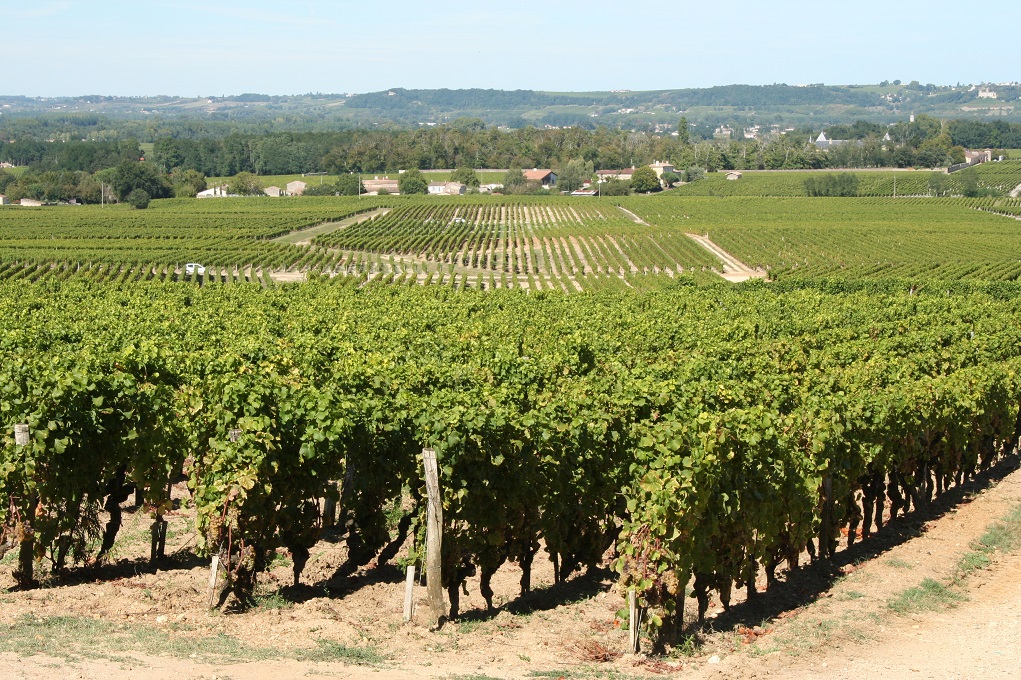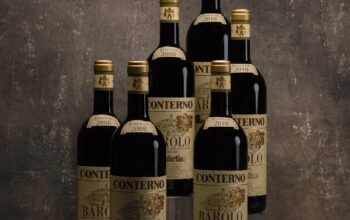One way to get sweet wine is quite special. A merry fungus crawls into the grape to transform it inside. The best-known example is Sauternes from Bordeaux, but the oldest dessert wine Tokaji Aszú also comes about this way. - TEXT EDITORS | IMAGE SHUTTERSTOCK
The secret of sweet wine
'Rot' is a word a winemaker generally does not like to hear, he who always selects the best grapes for his wine. But sometimes rot can be an asset. In the Bordeaux region, for example, they speak of 'noble' or 'favourable' rot when it comes to Botrytis cinerea. This grey fungus, a parasite that settles in the fruit, is the catalyst for the creation of sweet white wines such as Sauternes. This jolly firecracker thrives in the fog coming from the rivers and enveloping the vineyards at dawn. Provided the fog is quickly followed by a few rays of sun in the afternoon and mild temperatures. Otherwise, mildew, grey rot or black rot can develop, and these are devastating fungal diseases you just don't want in the vineyard.
What happens when that microclimate is there?
It is like the revelation of a scientific secret. When the morning mist in autumn is quickly evaporated by the afternoon heat, the fungus attacks the grapes by piercing their skin with many tiny holes. The moisture still trapped in the morning can now drift away, with help from the warm sun.
(…)
Want to read more about the secret of sweet wine? Then order here The latest WINELIFE issue 76.
Don't want to miss a single edition? Subscribe then subscribe to WINELIFE Magazine now!
Want to stay up to date with the best articles? Follow WINELIFE magazine on Instagram, Facebook and sign up for our fortnightly newsletter.




